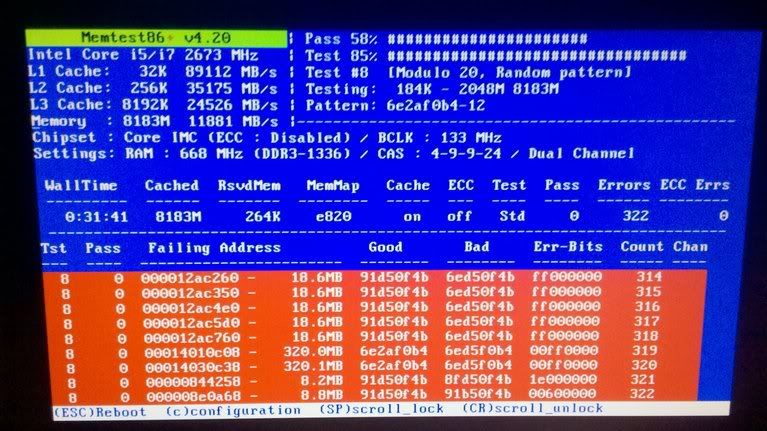When I first read your post I was thinking graphics drivers and in fact even though nothing definitive was cited in your first two dumps as the cause the error codes in both was the same 0x3B which are usually caused by fauloty video drivers.
But on the ensuing reads (I only looked at your five most recent other definitive things were cited.
One cited the driver sptd.sys as the cause and this belongs to Daemon Tools. We have seen many, many people have issues with this driver over the years.
Another one cited arthrx.sys which is a wireless LAN driver as the cause of your issues.
But the most significant one is the 0xA error that specifically cited corrupted memory as the issue. This is the one we want to diagnose first because bad RAM will have a system throw out all kinds of error codes and all kinds of causes while bad memory is really the culprit.
Therefore you’ll need to run Memtest on your RAM.
1. Go to
www.memtest.org and download the latest ISO version which is 4.20. It is free and perfectly safe.
2. Burn ISO to a CD.
3. Place CD in your drive and reboot with CD in drive. (You might have to place your drive as first bootable in your BIOS) The test will take over.
There is a Tutorial:
How to use Memtest in our Guides and Tutorials forum; follow the instructions. There is a newer version than what is listed; use the newer. If you need to see what the Memtest screen looks like go to reply #21. The third screen is the Memtest screen.
Step1 - Let it run for a
LONG time. The rule is a
minimum of 7 Passes (not hours; this test is not measured by hours);
the more Passes after 7 so much the better. The only exception is if you start getting errors before 7 Passes then you can skip to Step 2.
There are 8 individual tests per Pass. Many people will start this test before going to bed and check it the next day.
If you have errors you have corrupted memory and it needs to be replaced.
Step 2 – Because of errors you need to run this test per stick of RAM. Take out one and run the test. Then take that one out and put the other in and run the test. If you start getting errors before 7 Passes you know that stick is corrupted and you don’t need to run the test any further on that stick.
* Get back to us with the results.
